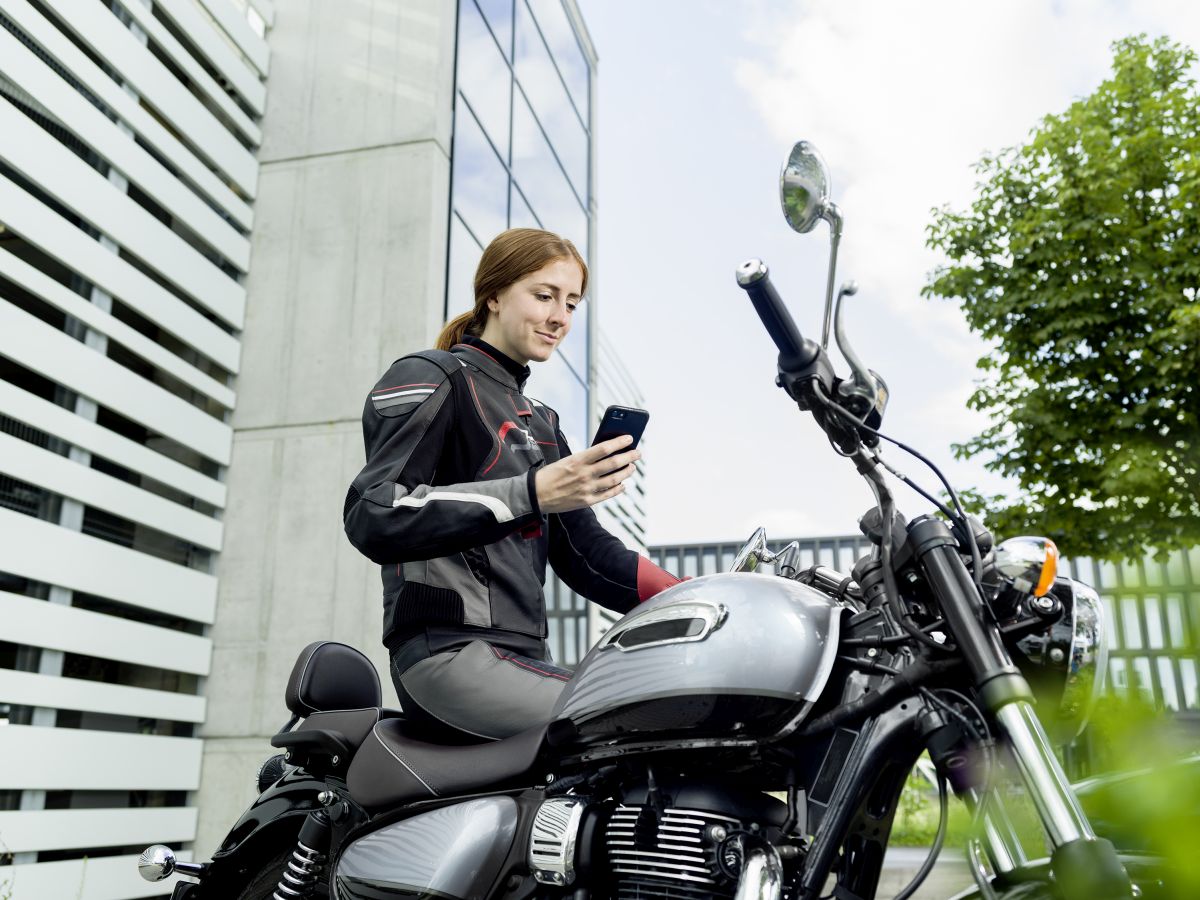MILAN (ITALPRESS) – Riding on winding roads, moving nimbly in heavy traffic or traveling thousands of miles over rough terrain are just some of the typical use cases of a motorcycle. Offering innovative solutions that improve safety, comfort and sustainability requires a thorough understanding of the various types of motorcycle use and the specific needs of each. Therefore, at Bosch, development work is done by motorcyclists for motorcyclists. At Eicma 2024, Bosch is presenting tailor-made solutions for all types of two-wheeled vehicles: components for combustion and electric-powered engines, intelligent assistance systems, and innovative connectivity solutions. Bosch will be exhibiting these innovations in Hall 18, Booth E66.Safety: innovations for all segments of two-wheelersAfter the introduction in 2023 of Motorcycle Stability Control (MSC) for smaller motorcycles, ABSi is now Bosch’s next step in furthering the adoption of stability control across segments. Bosch’s new system is an ABS with an integrated inertial measurement unit. The combination of these two products reduces complexity by eliminating the need for an external measurement unit and reducing the amount of electrical wiring. With the potential to prevent one in six accidents on German roads alone, Advanced Rider Assistance Systems (ARAS) play a key role in achieving the goal of zero-crash traffic. Bosch offers six new features, five of which are world firsts. Four new functions are based on front radar: Adaptive Cruise Control – Stop and Go (ACC S&G), Group Ride Assist (GRA), Riding Distance Assist (RDA) and Emergency Brake Assist (EBA). Two are based on rear radar: Rear Distance Warning (RDW) and Rear Collision Warning (RCW). With these functions, Bosch is able to further enhance driving pleasure and help increase safety and comfort. The front functions will debut, in cooperation with KTM, on the new 1390 SUPER ADVENTURE S EVO, displayed at the Bosch booth.Bosch will also showcase the Race eCBS, launched in July 2024 together with Ducati, on the new Panigale V4 S 7G. This function represents a new milestone for the racing segment. The eCBS function is based on Bosch’s ABS for premium motorcycles and allows the action of the front and rear brakes to be combined even if only one of them is acted on. Basically, when the front brake is applied, it automatically increases the rear brake pressure as well. While the eCBS finds use in everyday use, the Race eCBS is specifically for track use.One of Bosch’s goals is to improve riding efficiency on two wheels. To adapt to the growing trend of electrified mobility, the company has introduced various solutions for different vehicle segments. The vehicle’s electronic control unit and integrated electric drivetrain meet the goal of realizing electric mobility for motors of 6 kW and above. In addition, In-hub transmission and related control solutions dominate the small vehicle segment, especially in the Indian and Southeast Asian markets. The new 2kW Drive Control Unit helps customers electrify even the small-displacement segments. Bosch’s Drive Control Unit combines inverter, engine management system, and vehicle control in one compact component. Together with the motor in the wheel hub, the Drive Control Unit can be used to implement comfort functions, such as a smooth start mode (Smooth Riding) or cruise control to maintain a constant speed. Managed by the electric motor, electric traction control prevents rear wheel slip on start-up and increases safety. The One-Throttle Ride function, on the other hand, increases the efficiency of the propulsion system by recovering braking energy when the rider releases the throttle. This helps extend battery life by up to 8 percent. With protection levels up to IP67, the 2kW unit can handle any weather or road conditions.At the same time, Bosch also continues to work on making current combustion systems even more efficient. In this area, Bosch provides engine management systems and components for two-wheelers and powersports vehicles to enable manufacturers to meet future emission regulations, such as Euro 5 and BS 6 (Bharat Stage 6), in India, including Onboard Diagnostics II (OBD), Step 1 and 2. Together with the latest sensor technology, the engine management systems manage to significantly improve efficiency over the conventional carburetor, which is still widely used in emerging markets. Bosch engine components, such as injectors, sensors and ECUs, are already capable of handling fuel blends up to E100 and CNG/LPG, even in the two-wheeler sector. Additional functions such as various traction modes or quickshift electronic transmission solutions can be implemented quickly and easily via the engine ECU, even in smaller vehicle classes.Increasingly standard in cars, over-the-air upgrades and on-demand functions are also gaining ground in two-wheelers. Bosch brings all its expertise to the table, developing solutions that combine technological progress and riding pleasure. Bosch’s software solutions enable motorcyclists to install new features, even after the vehicle is purchased. It is possible to add on-demand special or advanced riding modes, for the track or off-highway, and comfort features for long trips. All this is done directly through the rider’s smartphone: new features or updates are in fact downloaded from the vehicle manufacturer’s app and then applied to the motorcycle.To achieve a smooth integration of connected functions and user experience, it is essential that the human-machine interface is well set up and easy to understand. This is where Bosch’s long experience in cluster development comes to the fore.The generations of TFT displays, ranging from the 5″ Connected Cluster to the 10.25″ Integrated Connectivity Cluster, offer exceptional readability even in direct sunlight, thanks to the optical bonding process, which is applied across the entire range of Bosch displays.
photo: Bosch Italy press office
(ITALPRESS).

